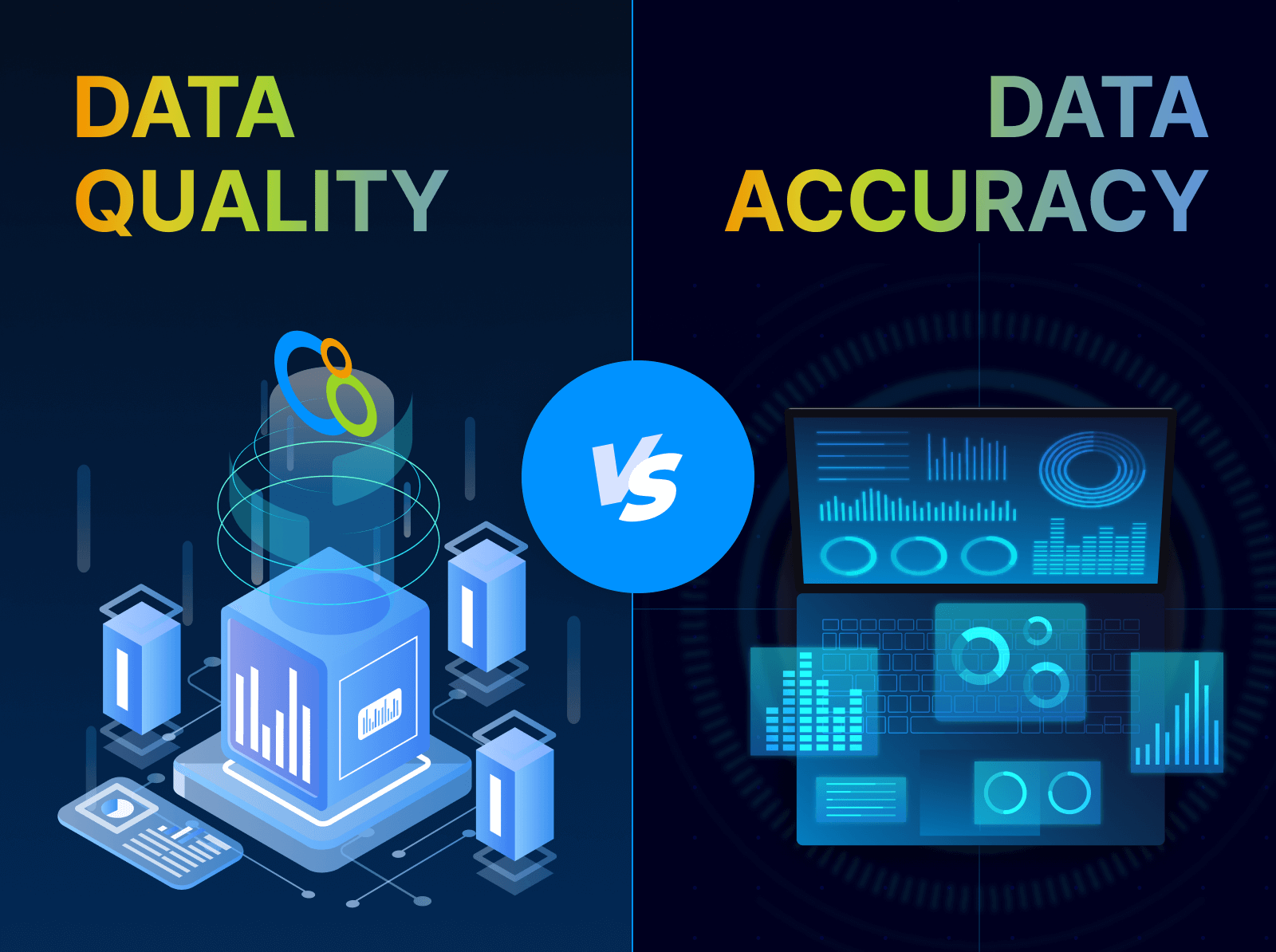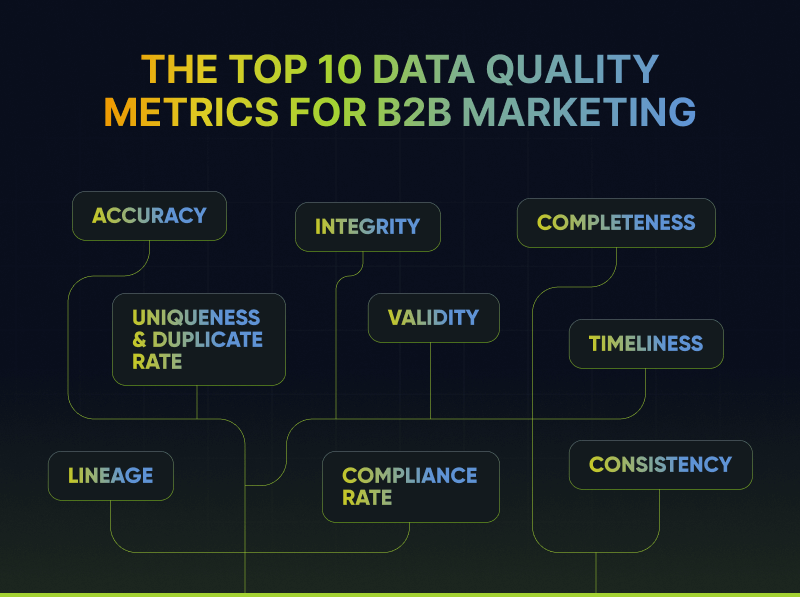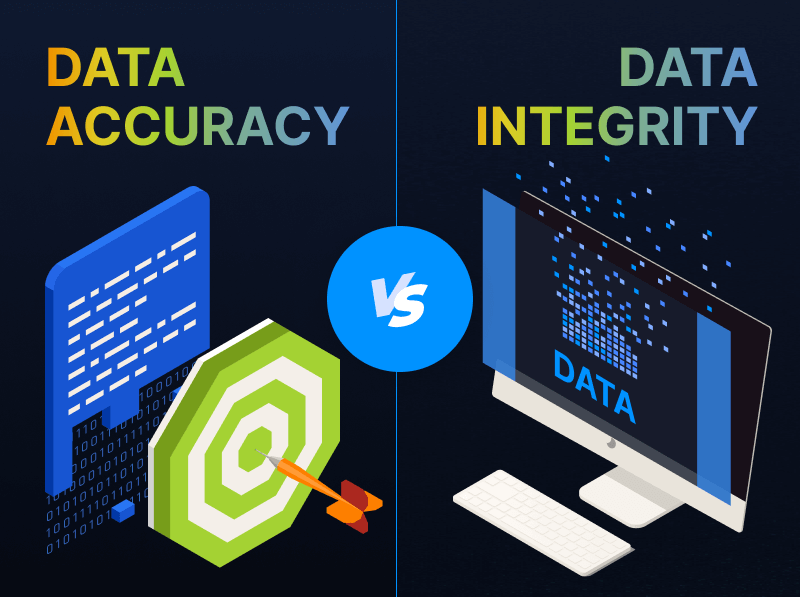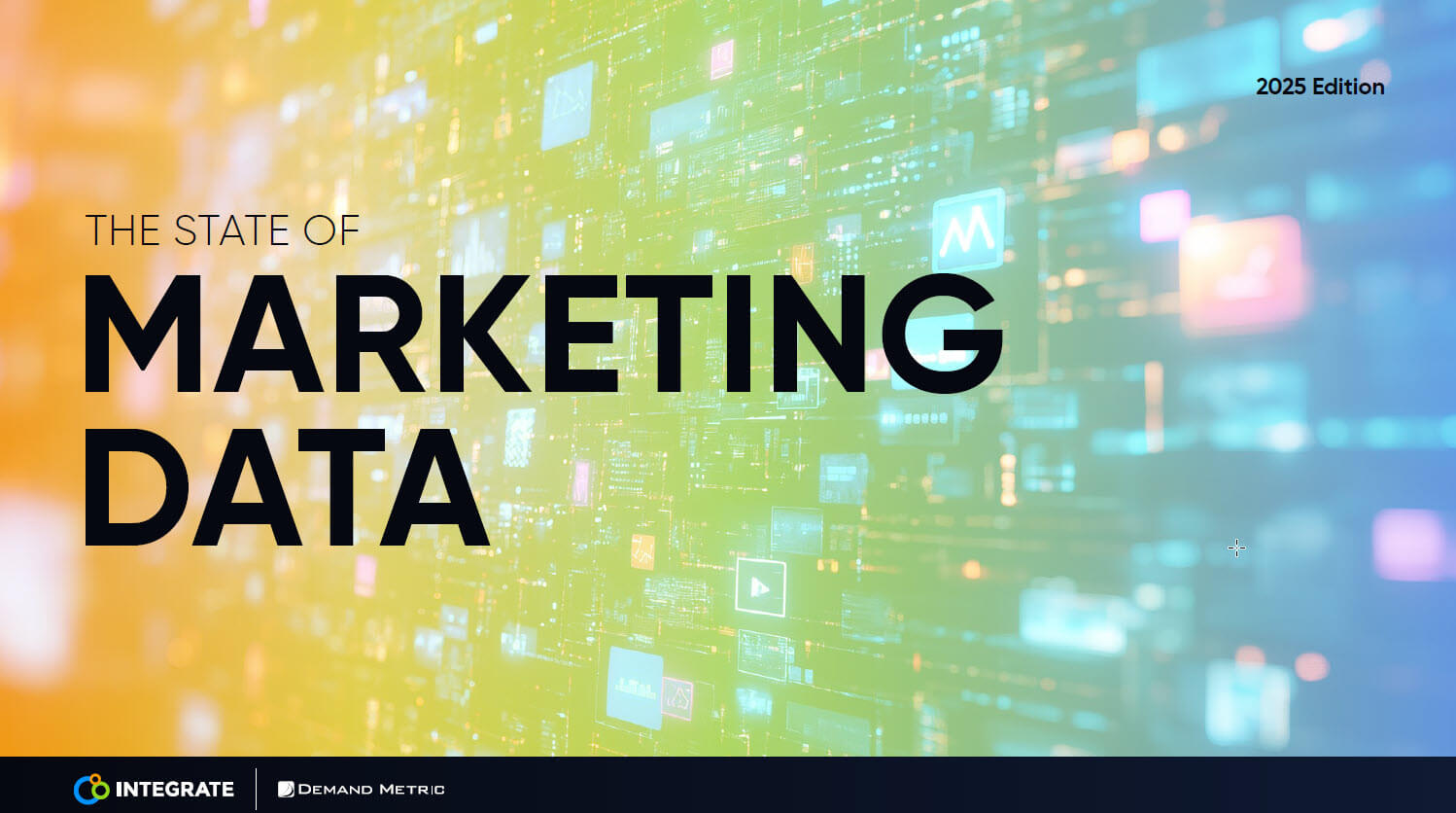Adding Up the Cost of Bad Leads – Key Takeaways From An Integrate Webinar
In a recent webinar, Toni Schmelzle, Senior Marketing Manager at SAP Concur; Marina Lemas, Integrated Demand Marketer at Gigamon; and Kristy Murphy, Senior Marketing Manager, Demand Generation at Verizon; joined Frannie Danzinger, Integrate’s VP of Sales to discuss the cost of a bad lead in today’s complex business environment.
As you might expect, the webinar panel found that now more than ever, every data record in your marketing system is critically important.
At Gigamon, it’s about organizing and streamlining.
Gigamon’s audience is the enterprise. Lemas and her team are laser focused on converting incoming leads to marketing qualified leads (MQLs) and to converting a percentage of those MQLs to sales accepted leads or sales-scheduled meetings.
“It’s been a two-year process, but we’re getting there, and I can really now follow the leads that go all the way through to make a sale,” she said.
At SAP Concur, a focus on ROI.
For Schmelzle at SAP Concur and Murphy at Verizon, the audience includes the SMB and the mid-market. But while the target is different, many of the issues are the same.
Schmelzle said she and her team work hard to ensure that leads are very high-quality so that SAP Concur gets a high ROI. But they’re not afraid to spend what’s necessary to accomplish that.
“We might spend $200 on a lead, but as long as the ROI is there and the conversion rates are there, then we have it,” Schmelzle said.
The sales and marketing relationship is critical.
Murphy and Verizon’s demand gen team target small companies of less than 100 employees. The challenge is, if they don’t fill the funnel with good leads, the sales reps will simply go somewhere else.
The key, Murphy said, is having a seat at the table with the sales team. You just have to build trust. You have to show that you have the right intentions, that you and the sales reps are on the same page.
It’s about time.
Whatever your target audience, the cost of a bad lead is time.
“Our sales process is 12 to 18 months to a closed deal,” Murphy said. “That’s painfully long. So we’re trying to shore that up. We’re trying to make that smaller. Well, how do you do that?”
Lemas suggests starting with an ideal customer profile (ICP). Once you’ve defined your target, then you can share that with partners who match it and give you leads from the appropriate accounts.
In your haste to keep good leads flowing, Murphy said you should also be patient with your sources, particularly today.
“Don’t quit on a source for a moment in time. I think that you have to look at it based on like internal pressures you’re getting from your company, especially now in the climate that we’re in with COVID,” Murphy said.
Speaking of COVID-19.
The pandemic has changed everything. Business-as-usual is out the window.
At Verizon, Murphy said now is the time to take an empathetic approach to revenue generation.
“We’re trying our best to pull resources in that can help our prospects in the future and let them understand that we are ready and we’re there to help them when they are ready to do business,” she said.
Schmelzle is using that empathetic approach to better target the needs of struggling customers who may require previously untapped travel and expense management services from SAP Concur.
So, what does good lead generation look like today?
For Gigamon’s marketing team of 50 people, Lemas said, a good demand gen plan or lead gen plan is one that the whole team is aligned behind and for which there are clearly articulated handoffs. And, to ensure it all works smoothly, that plan needs to be backed by the right tools.
Danzinger, from Integrate, agreed. She added, “Managing those expectations and setting benchmarks are really the keys. Every marketing organization’s going to be slightly different. But there are industry benchmarks on what these conversion metrics look like change in stage to stage. So it’s important for you as a marketer to know what your benchmarks are, to compare those to what industry benchmarks are.”
To learn more, watch the full webinar on-demand here.
And to accompany the webinar, check out our new guide: Cost of a Bad Lead – The Demand Marketers Guide.









